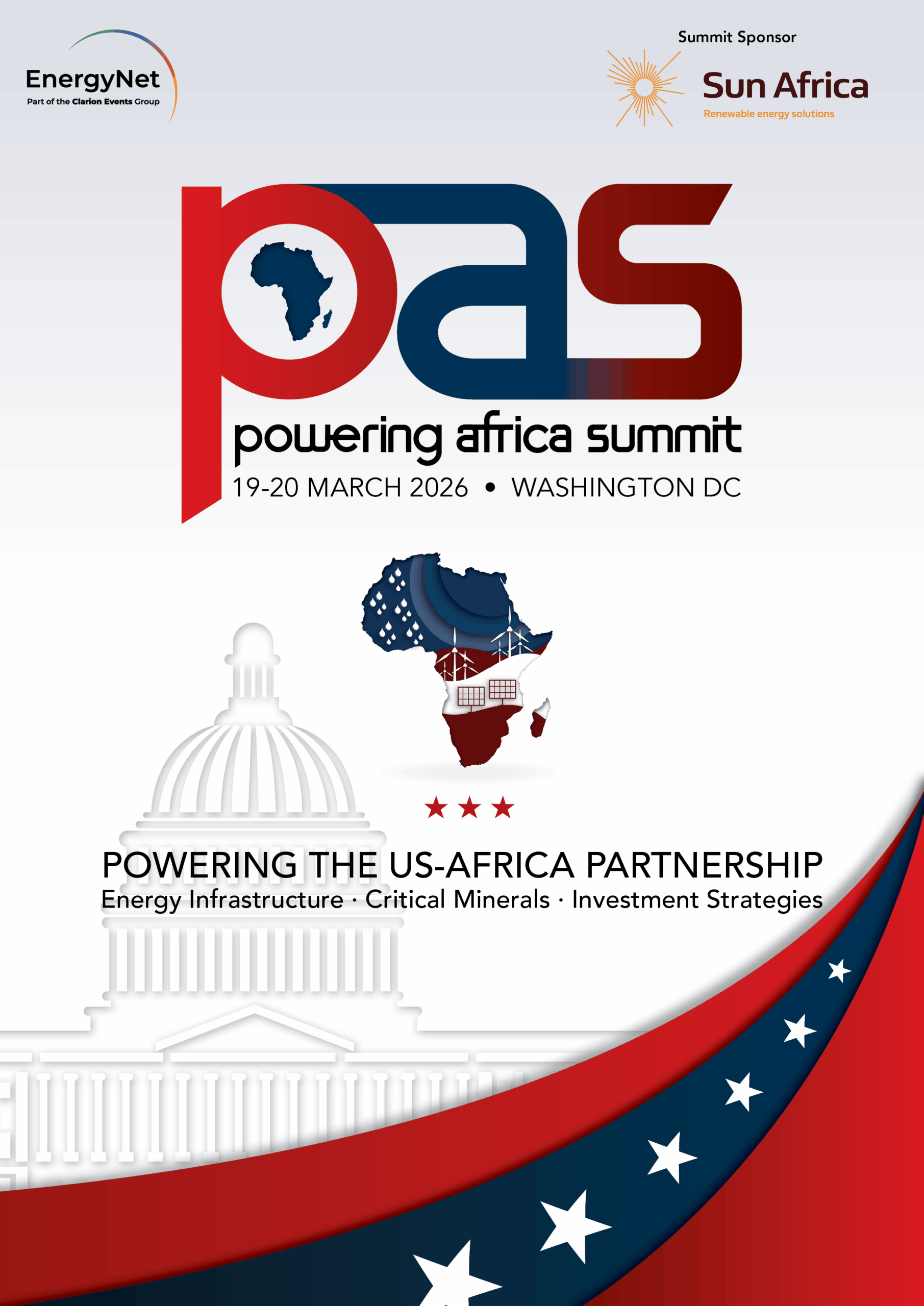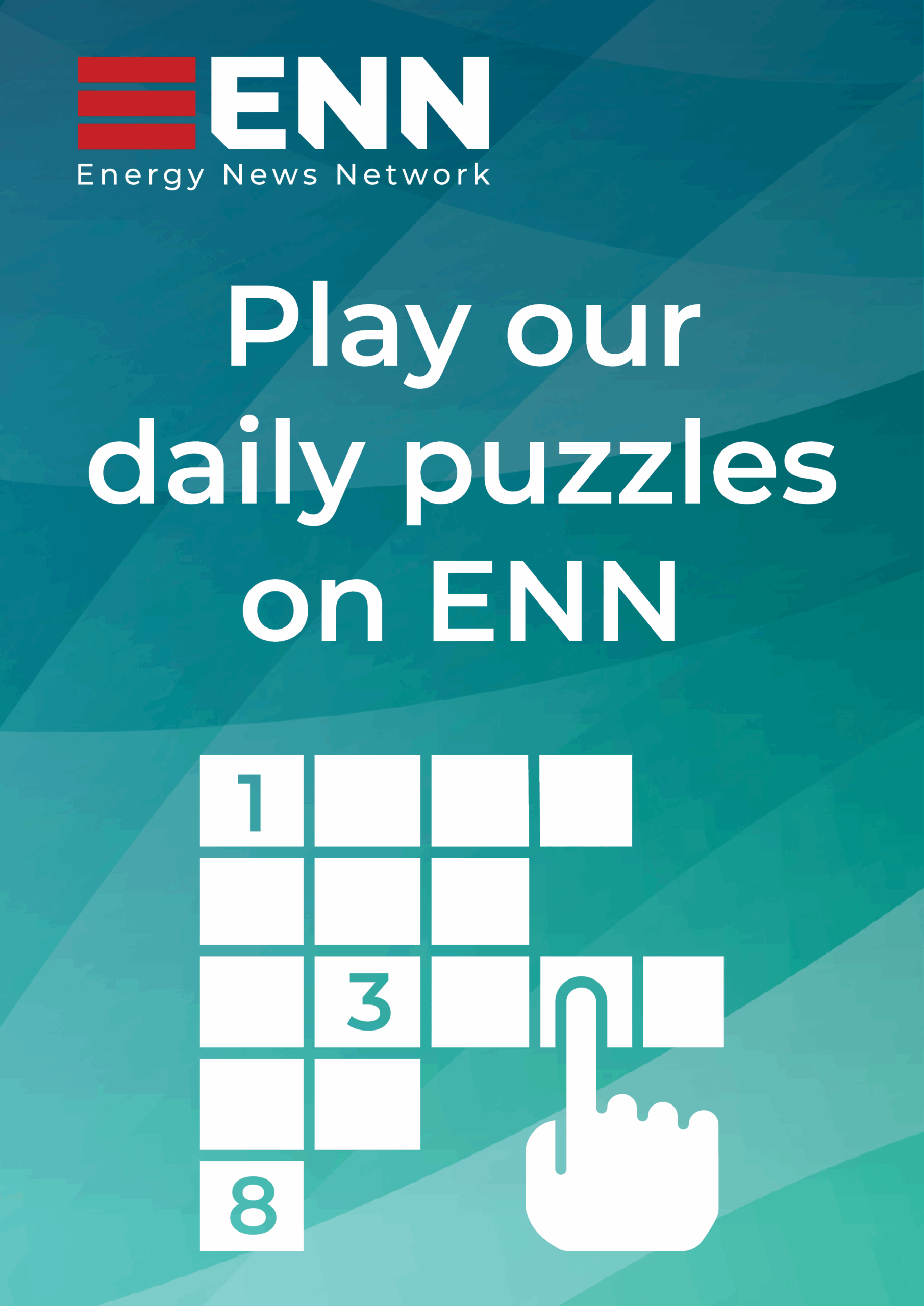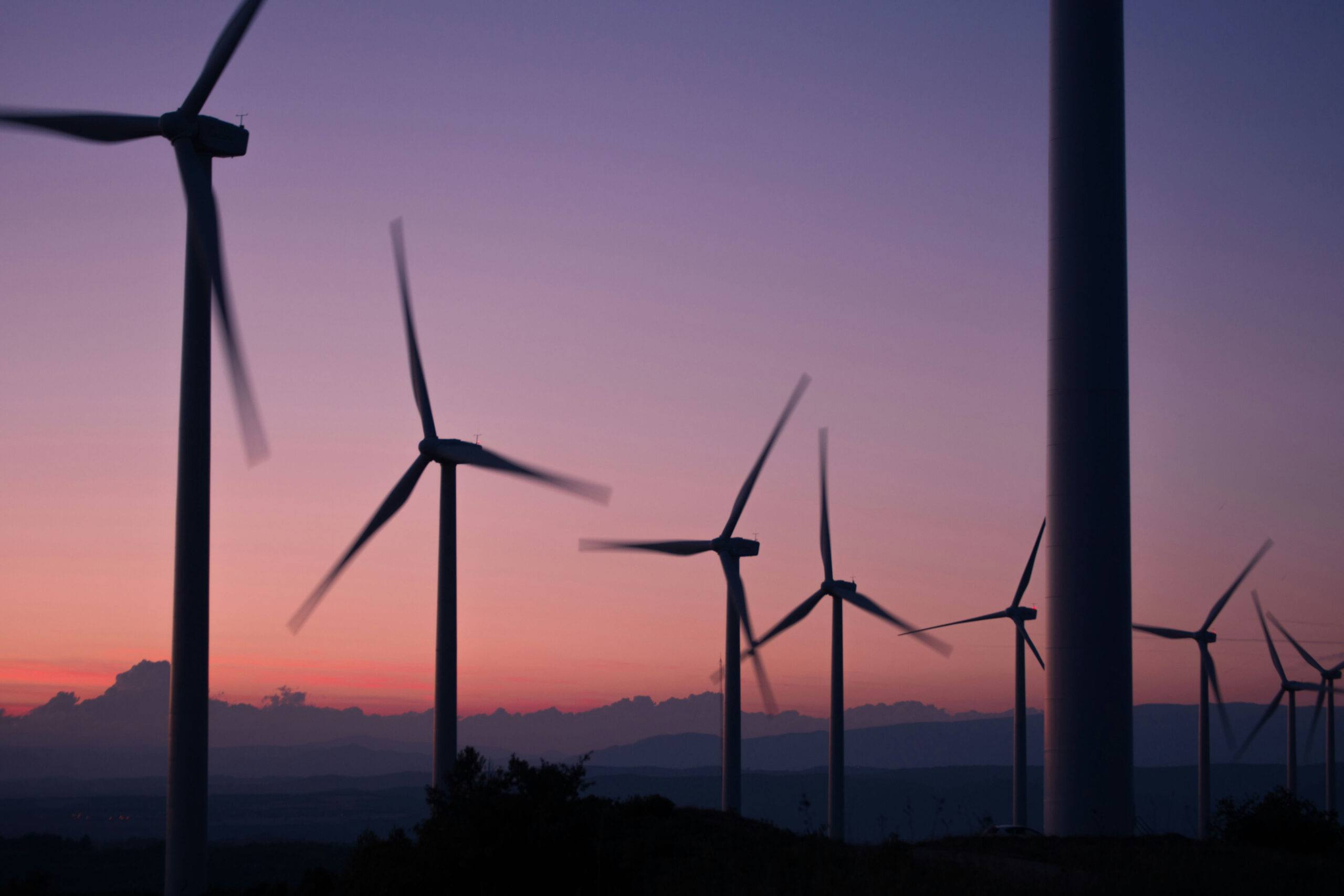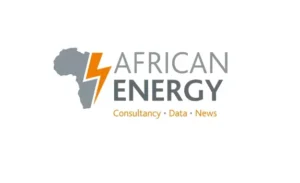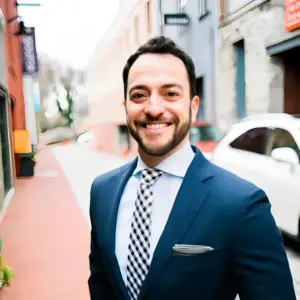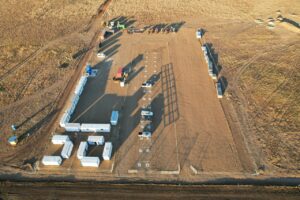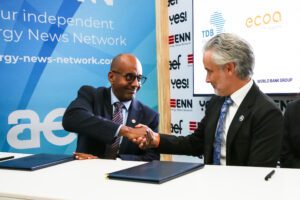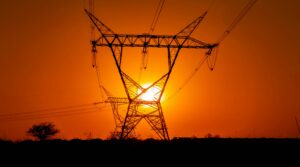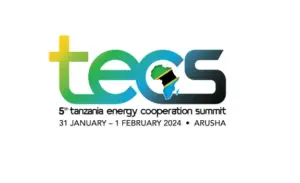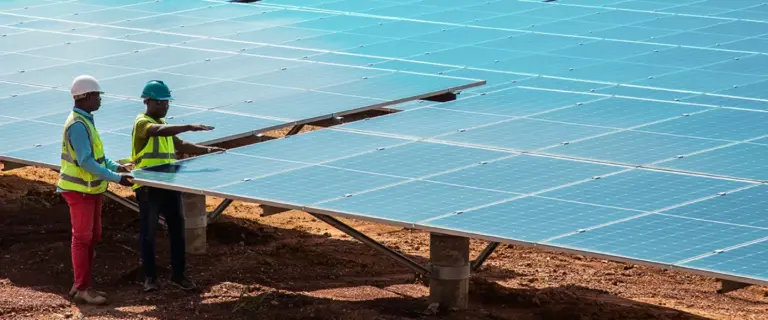
A mission to bring power to the people
Multilateral donors have earmarked $55 billion in concessional funding for innovative projects that will deliver electricity to an additional 300 million people in Africa by 2030
The figures speak for themselves. Africa represents 20 per cent of the global population but only 3 per cent of global electricity use, according to the African Development Bank (AfDB). Around 600 million people in Africa lack direct access to electricity, and on current trends that figure could rise to 900 million by 2050. This lack of power in African homes, schools and businesses represents a development failure of massive proportions – and arguably one of the world’s biggest missed opportunities.
“Africa’s electricity access gap is a constraint to development, and without urgent intervention, the deficit will only increase,” says Dr Kevin Kariuki, vice president, power, energy, climate and green growth at the AfDB.
This gap is one that Mission 300 seeks to fill. Launched in April 2024, this multilateral initiative is backed by around $55 billion in concessionary funding, including $30 billion in World Bank resources between now and 2030,[1] and has set itself a hard target of delivering access to electricity for an additional 300 million people in Africa by 2030. The Mission’s backers include the World Bank, the AfDB, and a growing roster of financial sponsors, including the OPEC Fund for International Development, the Islamic Development Bank and the Agence Française de Développement (AFD).
What kind of investment?
Investment in African electricity generation, transmission and distribution is already rising. According to the International Energy Agency (IEA), around US$110 billion was invested in the African power sector in 2024, but that’s little more than half of the US$200 billion annually that the IEA estimates Africa needs[2]. What’s more, a significant proportion of current investment comes from private generators contracting with large-company power consumers, which is good for economic growth but does little to expand access to power for the broad population.
The access gap comes down to ‘bankability’. There’s no shortage of private companies and investors lining up to make big-ticket power investments in Africa, as long as the business environment is likely to deliver long-term profitability. Such investments – like Africa’s biggest wind farm project to date: the recently finalised 400 megawatt Overberg development in South Africa’s Western Cape – are the kind of projects that private-sector developers and banks are happy to back. But these projects are usually about industrial-scale power delivery to large and creditworthy industrial customers. Power for scattered, rural or small-scale users with very limited financial resources is much harder to fund and develop.
From need to bankability
This is where Mission 300 steps in. “The countries that have the greatest electrification needs often struggle to attract investment into bankable projects,” says Andrew Herscowitz, CEO of the Mission 300 Accelerator. The Mission 300 Accelerator is a unit the Rockefeller Foundation established to help coordinate and advance the Mission 300 initiative. It aims to speed the deployment of philanthropic capital and deliver technical assistance in support of African governments and the multilateral development banks.
“An investor may have a billion dollars sitting there ready to finance power projects, but if the investment committee says this project isn’t going to make the returns needed, the project doesn’t go forward,” says Herscowitz. “This is why the concessional capital is so incredibly important.”
Yet low-cost funding for Africa’s power sector is hardly new. The Power Africa programme initiated by US President Obama, and continued under the next two US administrations, provided funding and guarantees for private investors to deliver 60 million new electricity connections, becoming one of the biggest public-private development partnerships to date[3].
Beyond cash
But Mission 300 is not just about project funding. The initiative also seeks to support African governments that are trying to change the way power is managed and regulated – the kind of reforms that private investors demand – and how to prioritise the project pipeline. Mission 300 is based on a series of national energy ‘compacts’ that outline concrete reform commitments by African governments to connect more people to electricity, keep costs down, and boost reliability so no one is left behind.
Each of those compacts (12 of which have been signed so far, with 20 more in the pipeline) cover five key themes: to enable affordable power generation; promote regional integration; expand distributed renewable energy access; encourage private-sector investments; and ensure the financial viability of utilities.
“We studied some of the region’s fastest-electrifying countries – Rwanda, Kenya, and more recently, Nigeria – and how they transformed their energy sectors by reforming utilities and engaging the private sector,” explains Erik Fernstrom, World Bank practice manager for energy in Eastern and Southern Africa. “This led us to ask: could we mainstream these approaches – reform, financing and implementation – to create a powerful aggregation effect across more countries?”
“The compact is a defined set of goals, and it is owned by governments,” adds Sarvesh Suri, regional director for infrastructure and natural resources in Africa for the International Finance Corporation (IFC), the World Bank’s private-sector investment arm. “As long as the pathway is credible, there’s a lot of freedom for countries to frame their own compact. And the compact helps generate additional concessionary funding, like performance-based grants that turn projects into something that is bankable and affordable.”
Wale Shonibare, director of energy financial solutions, policy and regulation at the AfDB, adds. “Mission 300 is not just another energy initiative; it is a transformative platform, working country by country, compact by compact, to turn momentum into real, measurable impact. This is about scaling what works, mobilising capital and delivering results that change lives.”[KR1] [KR2]
In the end, says the IFC’s Suri, Mission 300 will be measured by how well it brings private-sector ingenuity to the public challenge of energy access. “Right now, we’re developing a lot of knowledge,” he says. “We’re learning every day from private-sector operators that are coming up with smart ways of using energy to create jobs and livelihoods in ways that state utilities would have a hard time pursuing. The level of innovation is making this a very exciting space.”
[1] https://www.afdb.org/en/news-and-events/speeches/mission-300-private-sector-consultation-4-june-2025-london-united-kingdom-opening-statement-dr-akinwumi-adesina-president-and-chairman-boards-directors-african-development-bank-group-84311; https://www.worldbank.org/en/programs/energizing-africa/overview
[2] https://www.iea.org/reports/world-energy-investment-2024/africa
[3] https://obamawhitehouse.archives.gov/the-press-office/2015/07/25/fact-sheet-power-africa#:~:text=In%202013%2C%20President%20Obama%20launched,million%20people%20currently%20lack%20access


